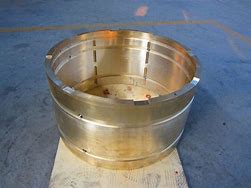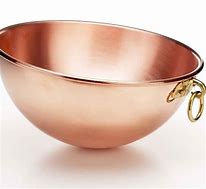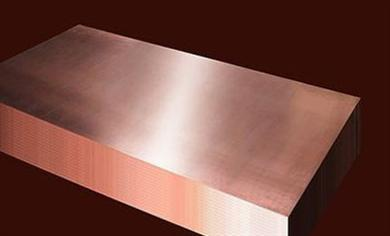**Title: The Great Yard Leak Hunt: Tracking Down a Sneaky Copper Pipe**
(How To Find A Leaky Copper Pipe In The Yard)
That mysterious soggy patch in your yard, the one that just won’t dry up even when the sun’s blazing? Or maybe your water bill suddenly jumped for no good reason? Don’t ignore it. You might have a leaky copper pipe hiding underground. Finding it feels like detective work, but you can totally do this. Let’s get started.
First, look for obvious clues. Walk your yard slowly. Look for areas where the grass is much greener and lusher than the rest, especially if it’s near your house foundation or where pipes run. Watch for spots that stay muddy or squishy long after rain. Sometimes, you might even see water pooling on the surface. These are big red flags pointing right at the problem zone.
Listen carefully. Sometimes, a leak makes a sound. Go out when everything else is quiet, like early morning or late evening. Turn off all appliances using water inside your house. Stand near the suspicious damp area. Can you hear a faint hissing or trickling sound? That’s the water escaping the pipe. It’s a clear sign something’s wrong underground.
Check your water meter. This is a super simple test. Make sure no water is running anywhere inside or outside your house. Go find your water meter. Write down the numbers you see. Wait about 30 minutes. Don’t use any water at all during this time. Go back and check the meter again. If the numbers changed, water is flowing somewhere. That means you likely have a leak. If the leak is big, the meter dial might even be spinning slowly while you watch.
Narrow down the spot. Once you know water is escaping, and you have a general damp area, it’s time to pinpoint the leak. Grab a long, thin screwdriver or a metal probe. Gently push it into the soil in the soggy zone. Feel for spots where the soil is softer than the surrounding area. Push the probe down slowly. If you hit something hard, that’s probably the pipe. Feel along the pipe’s path. Where the soil feels *really* soft and muddy right next to the pipe? That’s likely the leak point. Be gentle. You don’t want to poke a new hole!
Dig carefully. Mark the spot you think is the leak. Get a shovel. Dig a hole carefully around that area. Go slow. You need to expose the pipe without damaging it further. Clear away the mud. Look closely at the copper pipe. Check for greenish-blue stains – that’s corrosion. Look for tiny holes or cracks. Sometimes you’ll see water actually seeping out. Found it? Great job!
(How To Find A Leaky Copper Pipe In The Yard)
Fixing it comes next. Small pinhole leaks might be patched temporarily with a pipe clamp. Bigger damage usually means cutting out the bad section. You put in a new piece of pipe using special couplings. This needs some plumbing skill and tools. If you’re not comfortable sweating copper pipes (that’s soldering), call a professional plumber. It’s better than making the leak worse.
Inquiry us
if you want to want to know more, please feel free to contact us. (nanotrun@yahoo.com)



